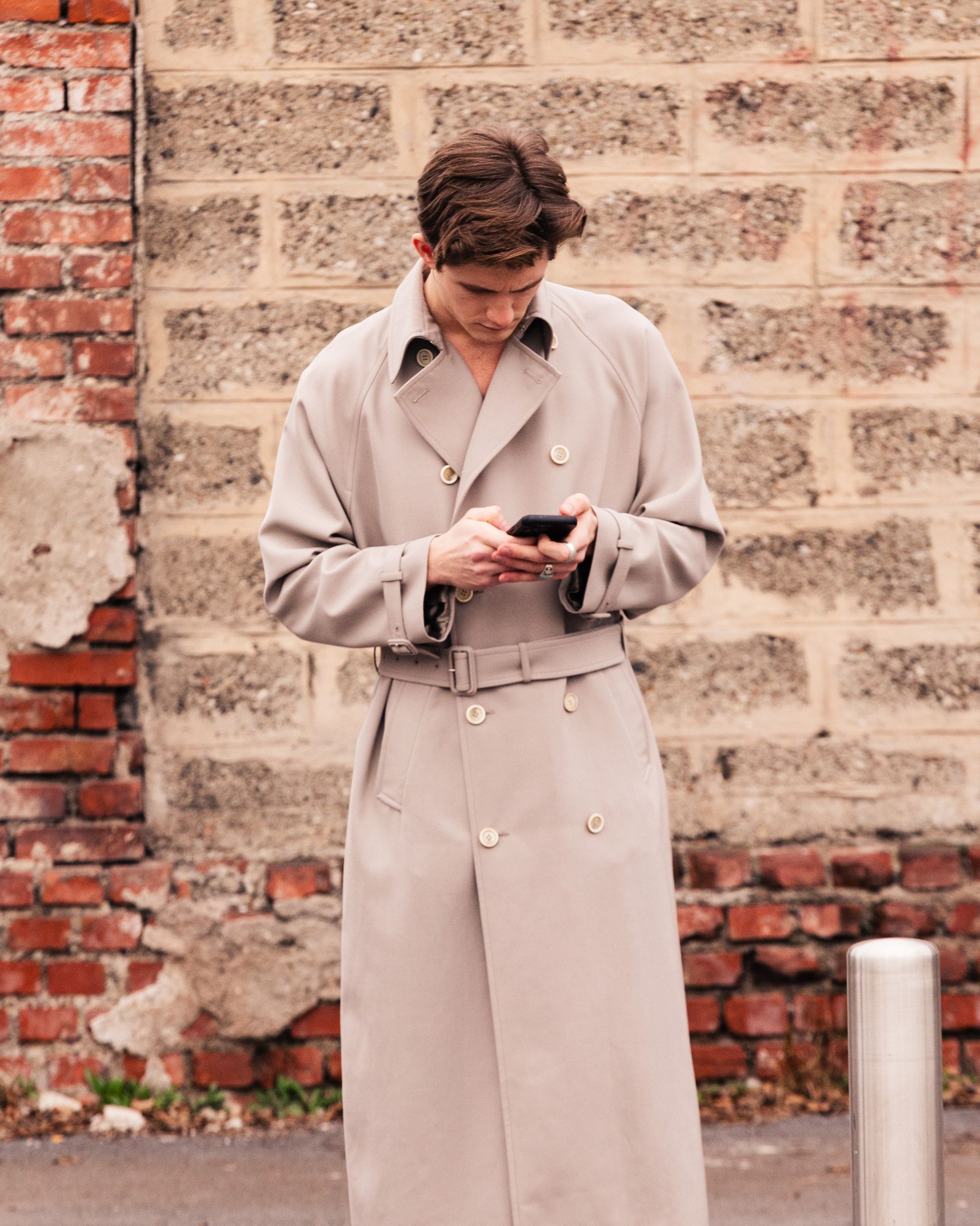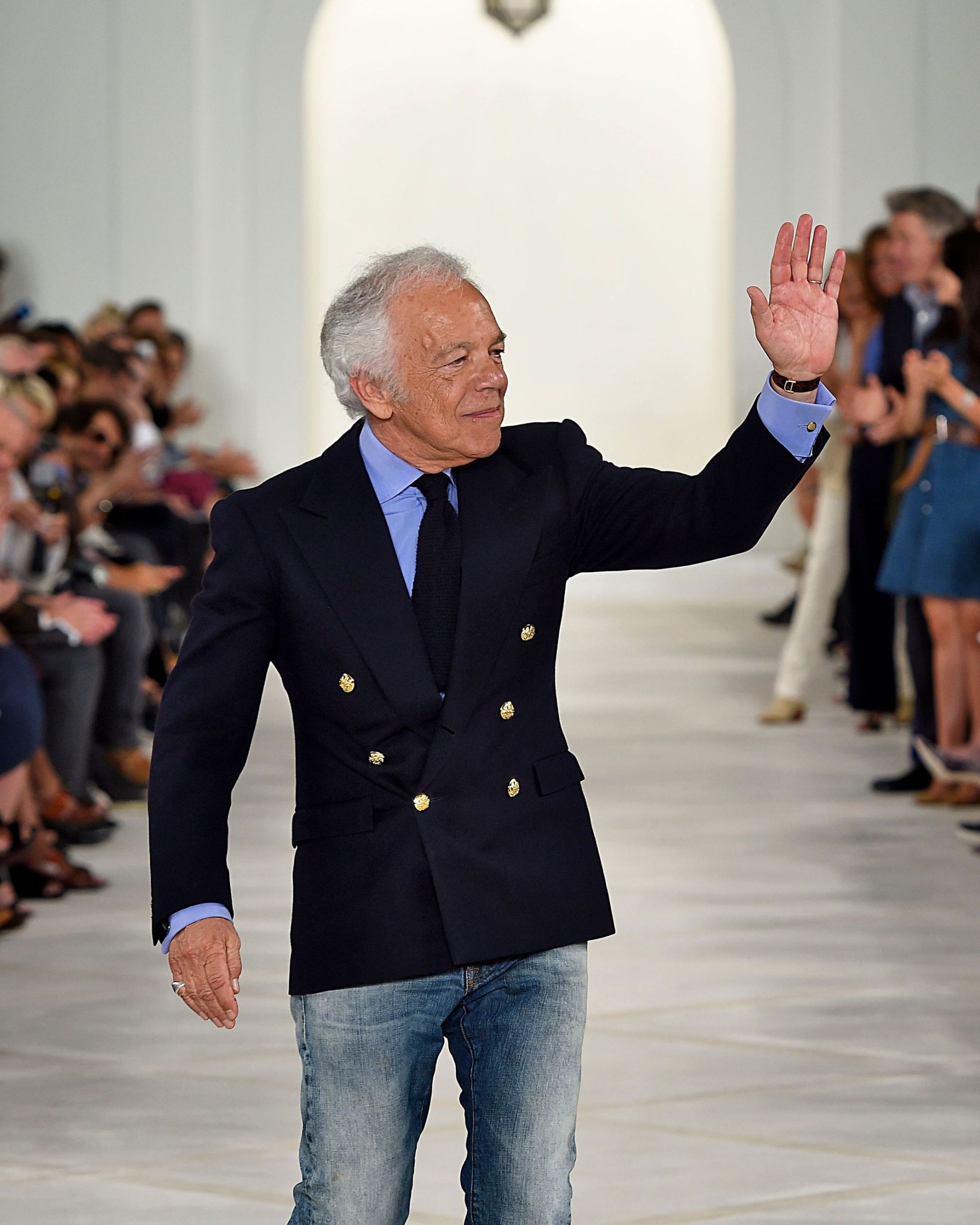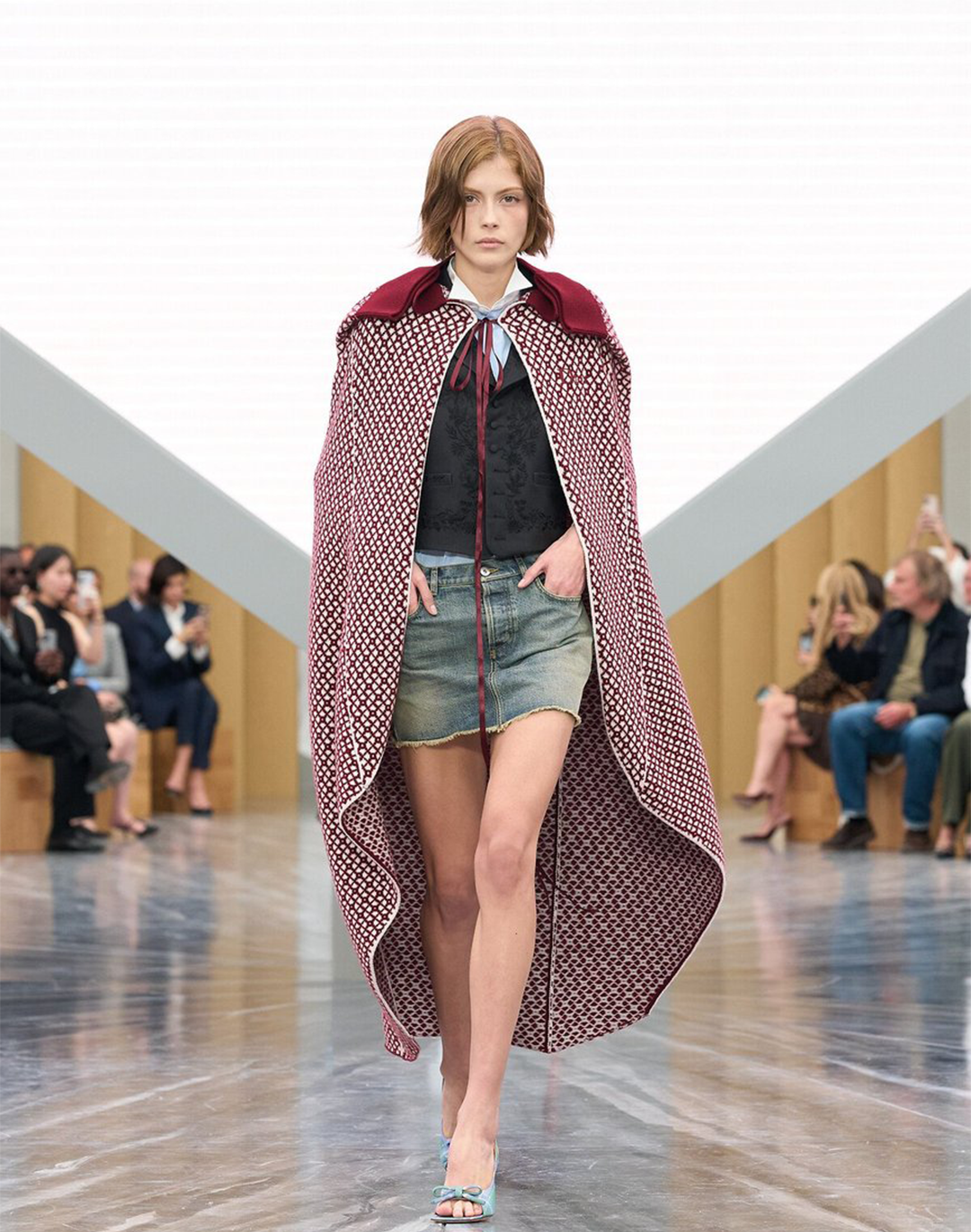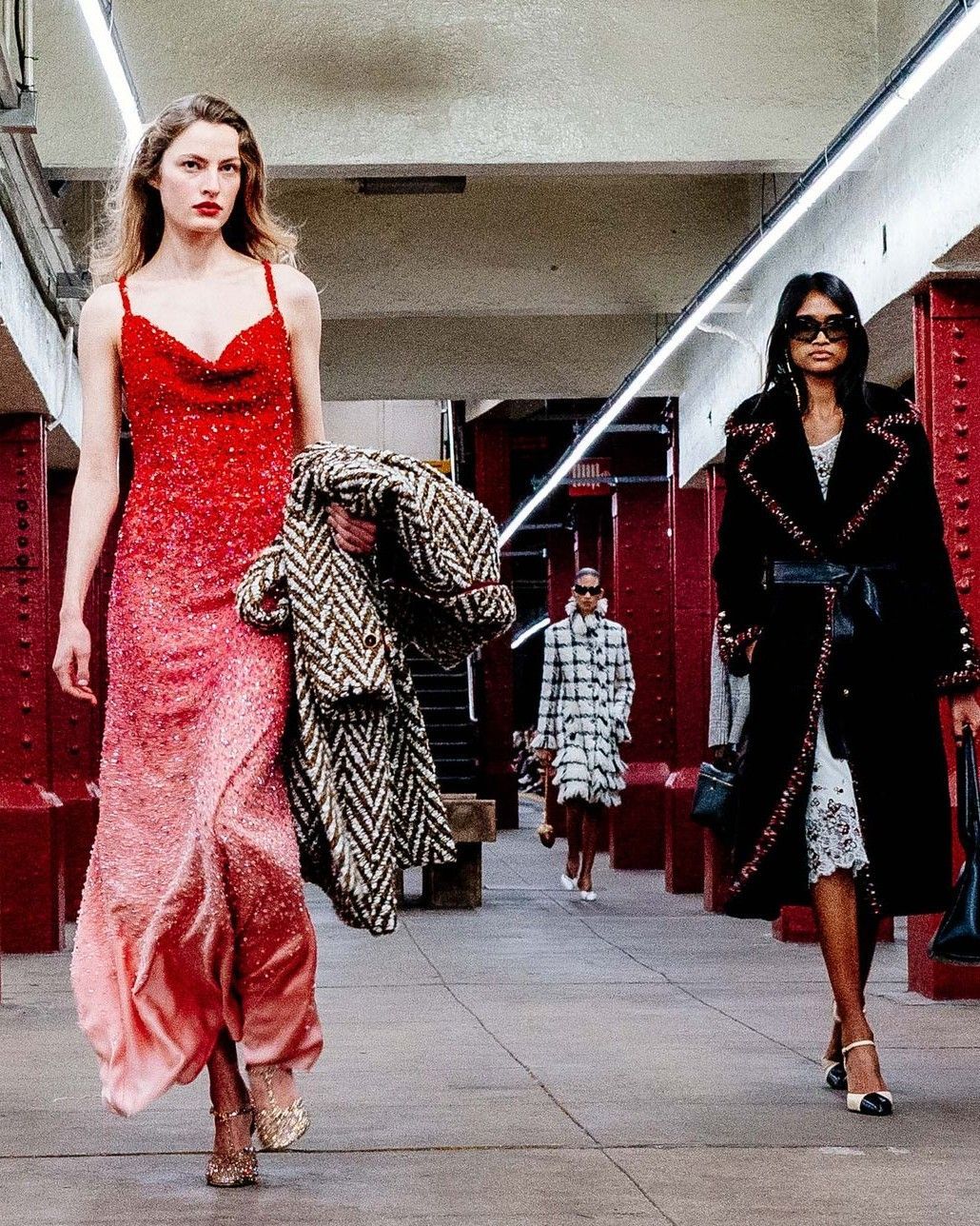
What if it was called Milan Fashion Weekend? The critical issues of an otherwise triumphant week
The Milan Fashion Week is somewhat of a jubilee for fashion media: part forced march, part spectacle of wonders, insiders of the city discuss it for days on end, moving between shows, presentations, re-sees, and events. It is a special moment for those working in fashion and for the broader industry community – but also a moment where a renewed enthusiasm clashes with the inevitable limits and contradictions of the Italian fashion system. The most common joke among insiders meeting around the city is the one that talks about a “weekend” rather than a “week”, referring to both the brevity of a program that is exhausted in just four days, and the constant positioning of these days in the middle of the weekend, forcing participants into what feels like a long week.
When we talk about the brevity of the men’s edition of fashion week, we refer more to the fact that the fashion week calendar offers little variety compared to the historical (usual?) brands and the occasional arrival of visitors like Martine Rose and Dunhill this year, rather than an actual lack of events. But if the two new British arrivals hadn’t come and if JW Anderson had decided to show in Paris or London, the men's fashion week would have been a very meager banquet – a bit like an old aristocratic club frequented by five or six historical members but deserted by the youth. Speaking of the youth, we must also address the newcomer rhetoric that still animates part of the press: Simon Cracker and Magliano, the two “young” names of the week, have been active for fourteen and eight years respectively; while Dhruv Kapoor, who has become a regular for a few years now, has been open for eleven. If we were to count Martine Rose's “years” too, we would notice that the company is 17 years old: hardly classifiable as an emerging brand, but rather a well-established one. But where are the surprises?
The emerging brands present in the Milan Fashion Week lineup, from Pecoranera to Via Piave 33, to the stunning Setchu, GR10K, Mortdecai, Gams Note, the "new" Diomene by the historical designer Damir Doma, Maragno, are some examples of young and interesting names, all capable of offering alternatives to a dominant aesthetic that this year, despite the high level of proposals seen on the runway, comes from brands that are too institutional to represent more underground creative demands or even expressions of potential subcultures. Jonathan Anderson mentioned in the backstage of his show how, attending Primavera Sound, he realized that real-world kids (we're paraphrasing) were dressed more radically and originally than any new collection seen on the runway.
oh man I’m a hater all these Milan fashion week looks are boring
— la RIA (@casslaria) September 21, 2023
In Milan, the different emerging brands that are still present in the calendar remain relegated to the presentation sector which, in fact, this year has been perhaps the most stimulating part of the new proposals – when not overshadowed by a majority of other clothing and footwear brands that are certainly excellent and valid but essentially dedicated to chino pants, neutral-toned overshirts, and leather shoes identical to themselves for entire decades. The only moment, if not of aesthetic exaltation, then at least of shared enthusiasm, the only truly fun moment, free of filters and where the presence of the new generations was felt, was the PDF presentation which featured a surprise performance by a good portion of the Italian trap scene: whether you like Formichetti’s style or the trap scene, this was an up-to-date show – if nothing else culturally. With all due respect to brand collaborations with famous artists whom audience members quickly search for on Wikipedia to pretend they know them.
@nssmagazine Gaia e Tony Effe si esibiscono sulla passerella dello show di Domenico Formichetti PDF con la loro hit #tonyf #tonyeffe #gaia #hit #live #concerto #pdf #domenicoformichetti #formichetti #Mfw #MilanFashionWeek #dietrolequinte #fashionhub #milano #milan #mfw2024 #mfw24 #bts #backstage #fashionshow original sound - nss magazine
Others have also felt the dissonance: Samuel Hine of GQ talks about «two fashion weeks squeezed together» referring to the two separate worlds coexisting in the very short calendar; as reported by WSJ, Jonathan Anderson wondered «has fashion become so conservative that what’s happening out there is actually much more avant-garde?»; Silvia Schirinzi wrote that in Milan, «there is indeed a certain decadence, sometimes a melancholic irony». Looking at Paris and the currently ongoing men’s fashion week, the picture is much more varied: niche Japanese brands like Auralee and Maison Mihara Yasuhiro coexist with Louis Vuitton and Dior; after the institutional show, everyone goes to the Prototypes show where Kanye West presents a surprise; on the same day, we see the fluid classicism of Lemaire and the melancholic fantasies of Undercover; Loewe's sunshine contrasts with Rick Owens’ drama and so on.
Their diversity, combined with their proximity in the Parisian programming framework, makes everyone stronger as their respective presences in the calendar legitimize each other so to speak and it is difficult for a brand to be an outsider or a radically different proposal like, for example, Martine Rose was in Milan this year. Logistically, the broader scope of the calendar, with a less tight rhythm between the different shows, also creates space for presentations that include, depending on the season, brands that normally show (Courregès and Acne Studios, for example) and are not just a separate area for beginners or indie brands with limited resources. The risk of not trying to shake up the sluggish Milanese picture is that of splitting the city's fashion system by rigidly separating institutional realities in need of freshness from independent ones that are instead in need of visibility.














































